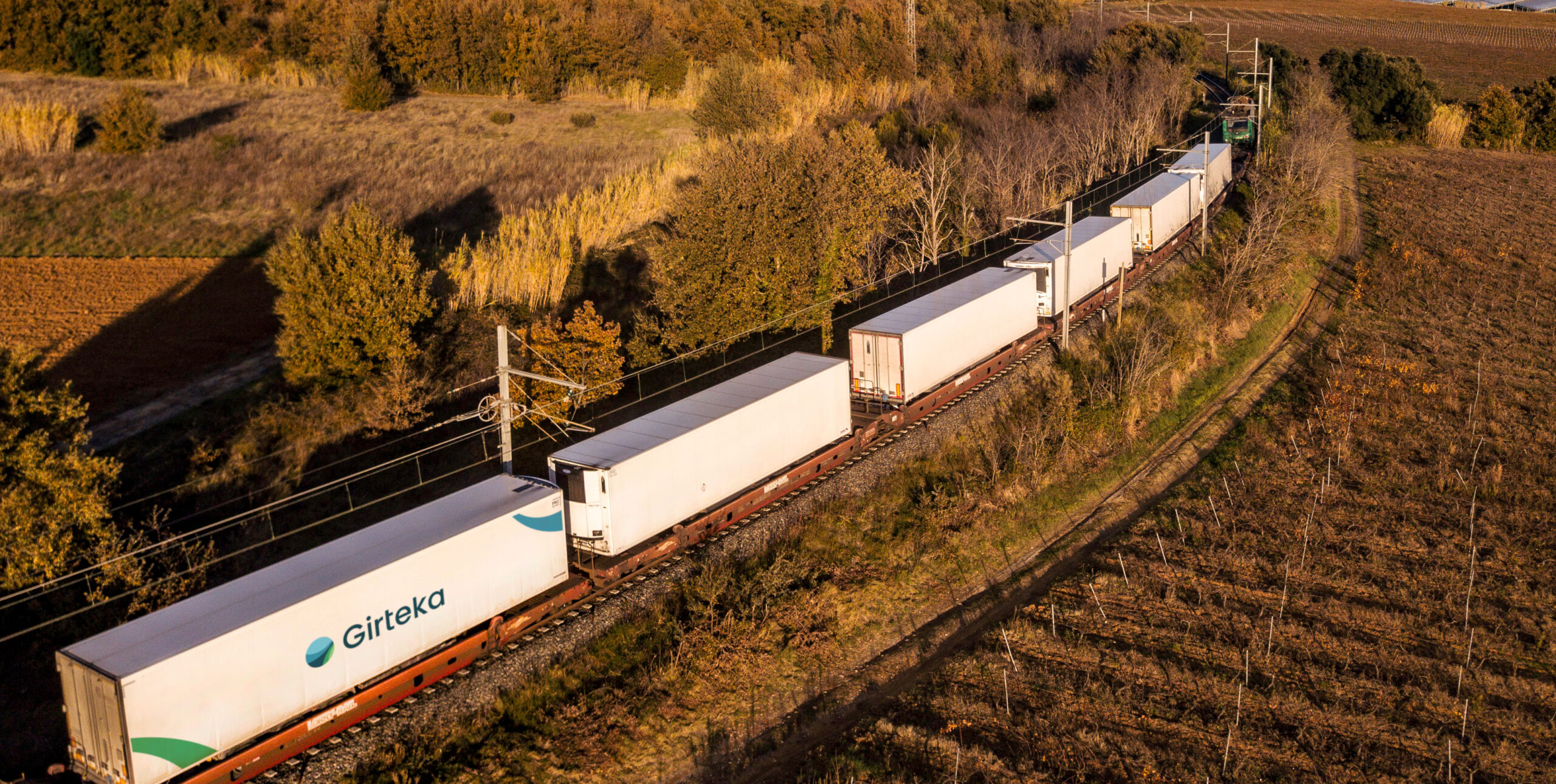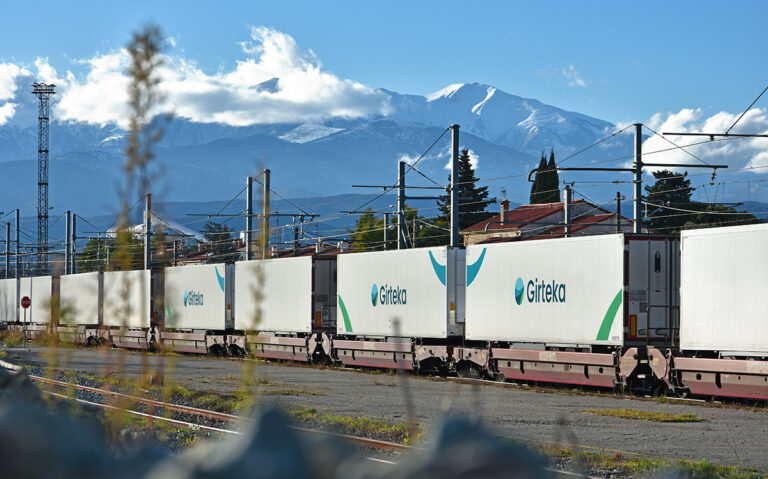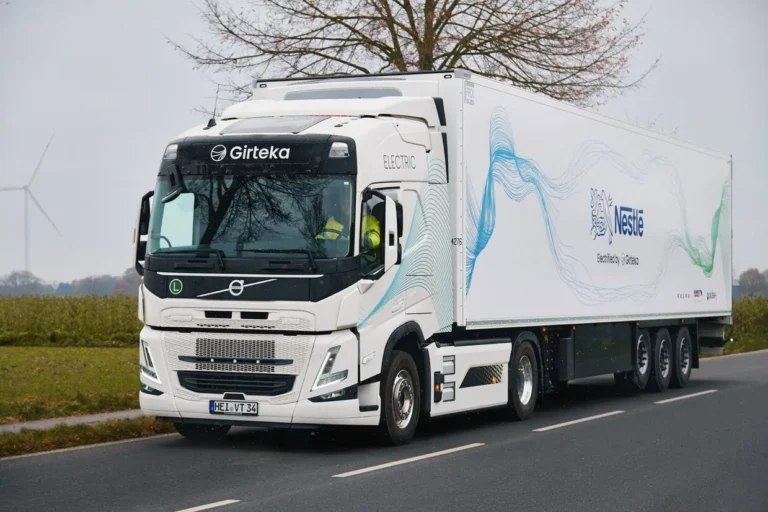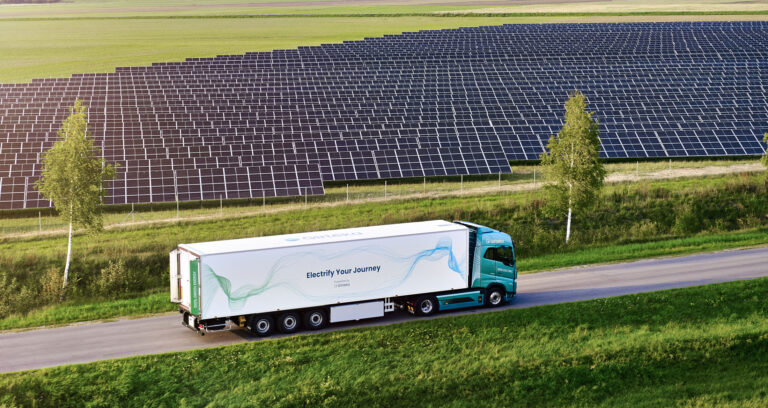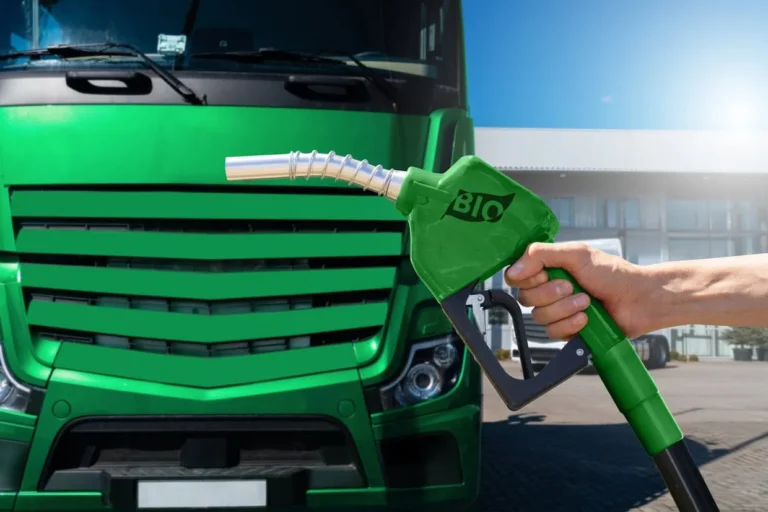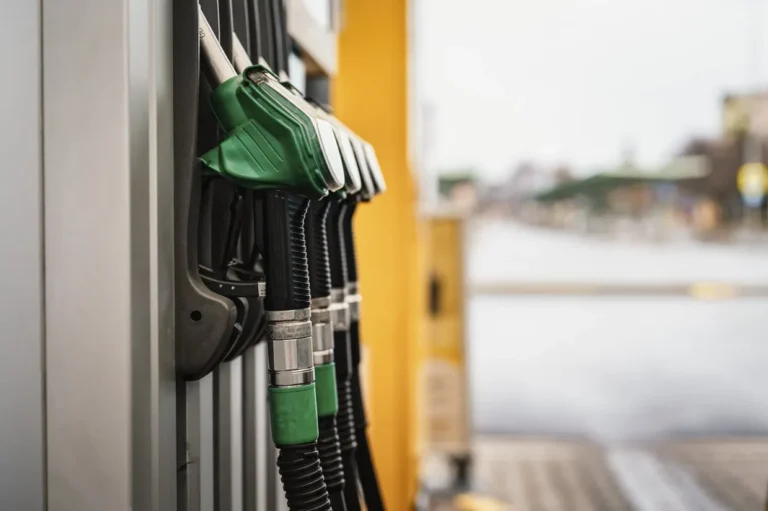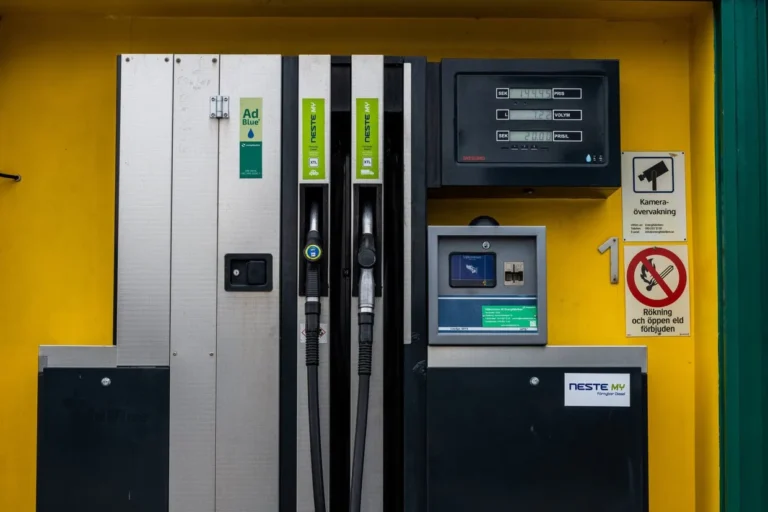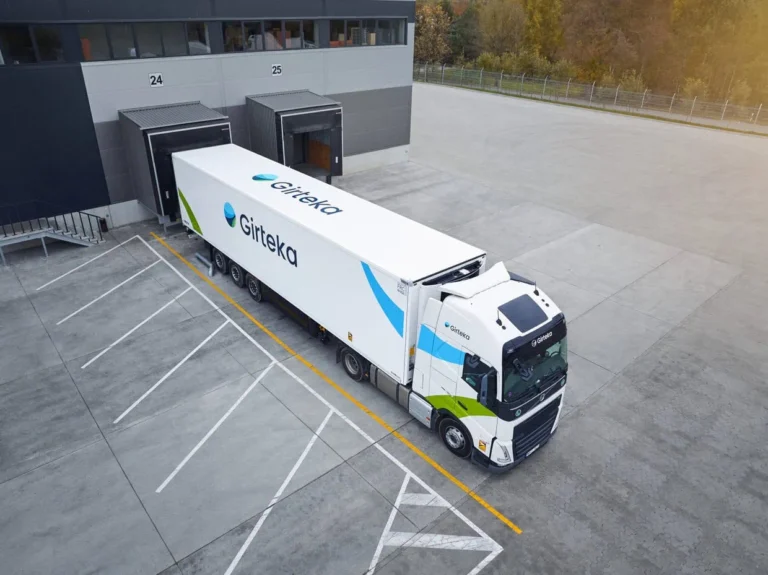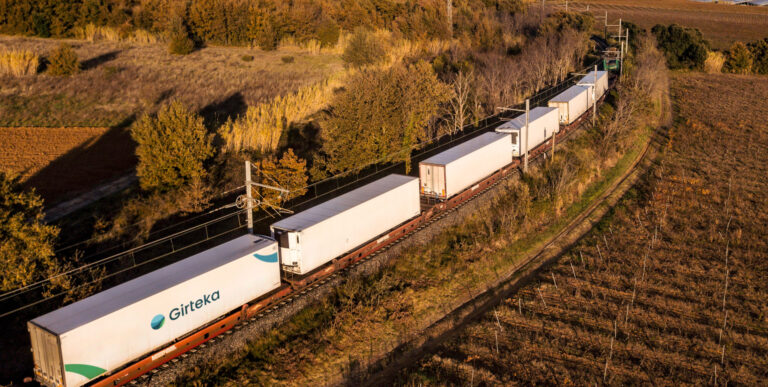The pressing challenge of decarbonizing road transport continues to drive innovation and discussion within the logistics industry. With battery electric vehicles (BEVs) still facing adoption hurdles for long-distance travel, hydrogen technology being in its early stages, and the forthcoming EURO 7 standard expected to have limited impact, Girteka poses a crucial question: could intermodal and rail transport be viable solutions?
Intermodality: A Promising, Yet Partial Solution
While there is no silver bullet for decarbonizing transport, intermodal transport holds significant potential for greening long-distance freight. And when combined with alternative fuels, like HVO, can have substantial influence on emissions reduction. The second phase of Girteka’s campaign, is focusing on exploring sustainable transport solutions, aims to shed light on the benefits, challenges, and opportunities associated with intermodality and potential while combining with HVO.
“Intermodality offers a pragmatic approach to reducing emissions from road transport, especially for long-distance routes. However, it requires substantial infrastructure investments and support from regulatory frameworks,” says Larisa Senkevičienė, Intermodal Business Development Manager at Girteka.
Unveiling the Potential of Intermodal Rail Transport
Intermodal transport, similarly to multimodal transport, integrates multiple modes of transport to optimize efficiency and reduce emissions. By leveraging rail transport for long-distance hauls, emissions can be reduced by up to 90%. And when combined with HVO or HVO100, it can create green supply chains. Despite the challenges posed by infrastructure limitations, the European Union (EU) is actively supporting this transition through initiatives like the Greening Freight Transport Package.
“Combining HVO with intermodal transport could significantly impact emission reductions. However, it is not a panacea. Infrastructure and regulatory support are crucial, and only then can we combine it with other sustainable solutions to effectively decarbonize road transport,” notes Viktorija Terekė, Head of Sustainability at Girteka.
Campaign Activities: What to Expect
Throughout the second stage of its Sustainable campaign, Girteka will provide comprehensive insights into current infrastructure capabilities, EU regulations, and developmental directions.
Key activities include:
In-depth articles exploring the current state and future potential of intermodality in Europe,
Podcast series featuring discussions with rail industry leaders like Cargobeamer and VIIA,
Insights, presenting real-world benefits of intermodal transport through detailed case studies and expert analyses.
For more information, please visit our dedicated campaign page and follow our newsletter on LinkedIn.
Continuing the Sustainability Discussion
In the first stage of Girteka’s sustainable campaign, the focus was on BEVs: addressing subsidy schemes, real-world effects of the technology, and practical experiences, like the first fully electric truck and trailer unit tested by Girteka. While BEVs are still in the early stages of implementation, the discussion continues on how they can be used in real-world scenarios.
On our dedicated page, participants can familiarize themselves with the topics presented and discussed previously. The second stage now shifts focus to intermodality, providing another angle on decarbonizing road freight transport.
